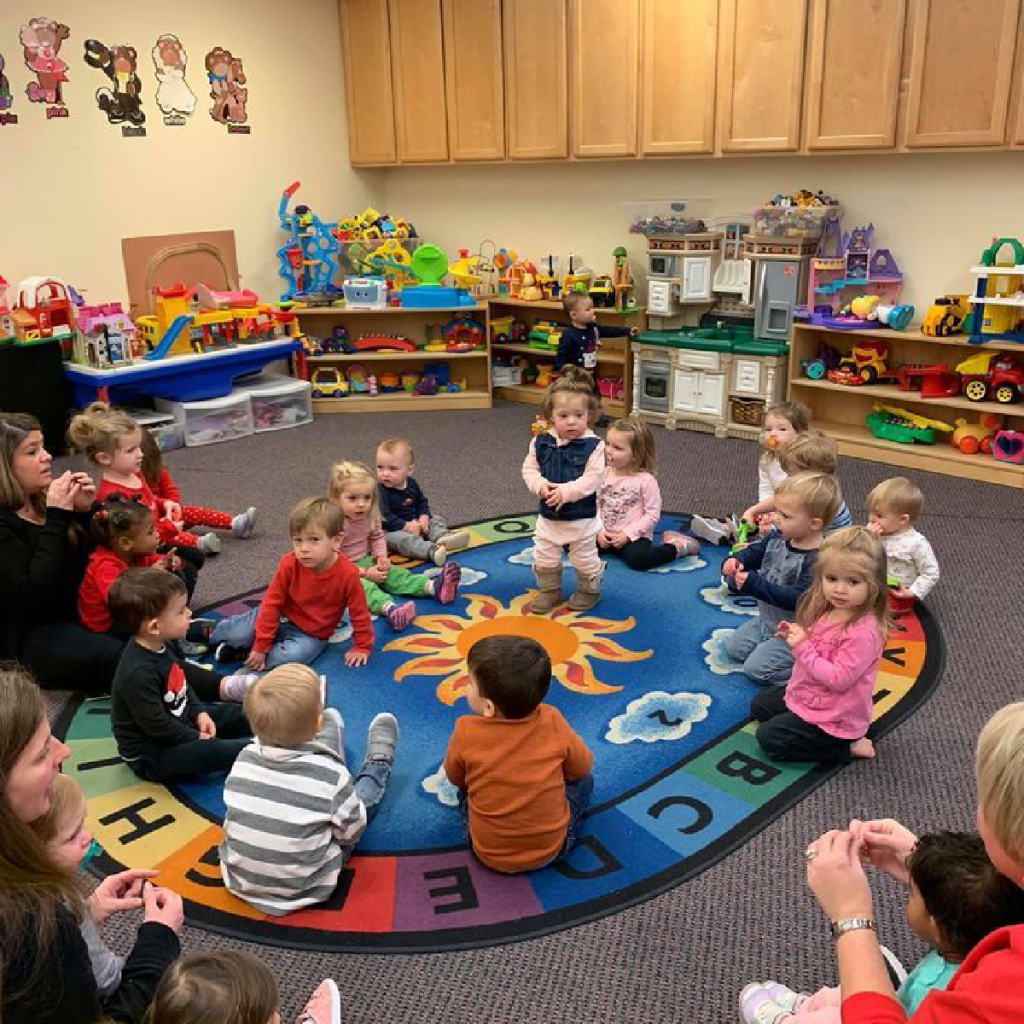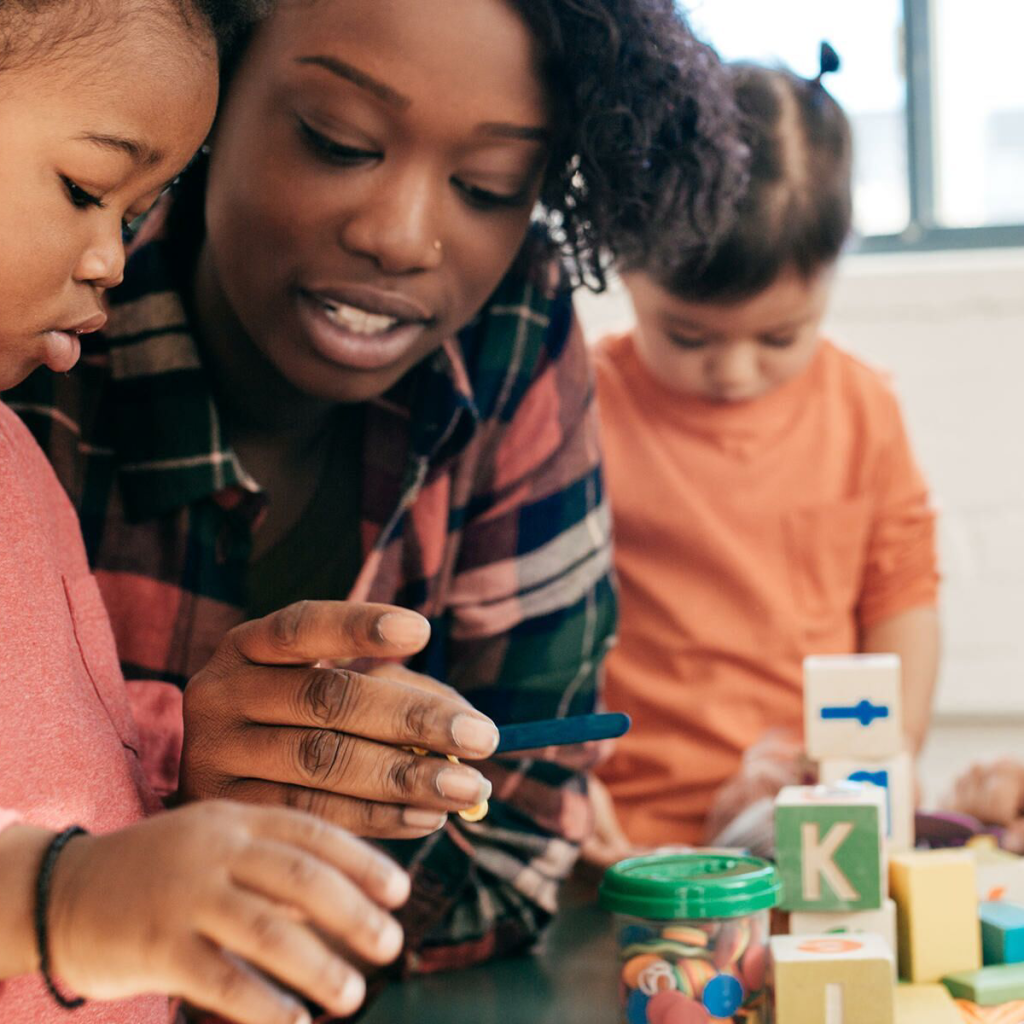Discover effective strategies and expert tips for handling aggression in daycare settings.
How to Handle Aggression in Daycare: Tips for Caregivers
In the lively world of daycare, chances are you’ll encounter a dose of aggression from time to time. Don’t fret though! With the right knowledge and strategies, you can handle these situations with ease. Let’s dive into the exciting journey of understanding and managing aggression in children.

Understanding Aggression in Children
Ah, the mysteries of aggression. Why do children sometimes experience these fiery bursts of emotion? Understanding the psychology behind aggressive behavior is the first step towards effective management.
Young children often struggle with expressing their feelings, and aggression becomes a vehicle for them to communicate their frustrations and insecurities. It’s crucial to remember that aggression isn’t a reflection of your caregiving skills but rather a normal part of child development.
When it comes to the psychology behind aggression in young children, there are various fascinating factors at play. One of these factors is the need for control. Children, especially in their early years, are constantly exploring their environment and testing boundaries. Aggression can be a way for them to assert their independence and gain a sense of control over their surroundings.
Another psychological aspect to consider is the influence of imitation. Children are highly observant and tend to mimic the behaviors they see around them. If they witness aggression in their environment, whether it’s at home or in other social settings, they may replicate that behavior as a way to express themselves.
Additionally, aggression can also be a means for children to seek attention. When they feel ignored or overlooked, acting out aggressively can be a way to grab the attention of caregivers or peers. Understanding this underlying motive can help you respond to aggressive situations with empathy and patience, providing the attention and support that the child may be seeking.
Common Triggers of Aggression in Daycare Settings
Now, let’s shine a light on those triggers that can set off an outburst of aggression. These can include sharing conflicts, frustration with limitations, lack of personal space, or even feeling tired or hungry. Identifying these triggers is like having a secret weapon in your pocket – it empowers you to proactively diffuse potential situations.
Sharing conflicts can be a major trigger for aggression in daycare settings. As children learn to navigate social interactions and negotiate their needs, conflicts can arise when they feel their possessions are being taken away or when they struggle to share with others. These conflicts can quickly escalate into aggressive behavior as children try to protect what they perceive as their own.
Frustration with limitations is another common trigger. Young children are still developing their understanding of rules and boundaries, and when they encounter restrictions, it can lead to feelings of frustration. This frustration can manifest as aggression as they struggle to cope with the perceived limitations imposed upon them.
Lack of personal space can also contribute to aggressive behavior. Children, like adults, have a need for personal boundaries and privacy. When their personal space is invaded or they feel crowded, it can trigger a defensive response, leading to aggression as a means of protecting their personal boundaries.
Furthermore, it’s important to recognize that physical factors such as fatigue and hunger can also play a role in triggering aggression. Just like adults, children can become irritable and more prone to emotional outbursts when they are tired or hungry. Being aware of these physical triggers can help you address the underlying needs and prevent aggressive episodes.
Strategies for Managing Aggressive Behavior
Now that we’ve unraveled the mysteries of aggression, we can dive into the exciting world of strategies. Let’s equip you with some fantastic techniques to manage aggression confidently.
Aggressive behavior in children can be challenging to handle, but with the right strategies, you can create a safe and nurturing environment where children can learn to manage their emotions effectively. In this expanded version, we will explore additional proactive measures and techniques for deescalating aggressive situations.
Proactive Measures to Prevent Aggression
An ounce of prevention is worth a pound of cure, right? By creating a nurturing and stimulating environment, you can prevent aggression from taking center stage. Encourage positive social interactions among children by organizing group activities that promote teamwork and cooperation. Teach problem-solving skills through age-appropriate games and exercises, allowing children to develop the necessary tools to resolve conflicts peacefully.
In addition, providing clear expectations for behavior is essential in preventing aggression. Establishing consistent rules and boundaries helps children understand what is expected of them and reduces the likelihood of aggressive outbursts. Communicate these expectations clearly and reinforce them regularly, ensuring that children feel supported and guided in their social interactions.
Furthermore, promoting emotional intelligence is crucial in preventing aggression. Encourage children to express their feelings and emotions in healthy ways, such as through art, storytelling, or journaling. By fostering emotional awareness and providing outlets for self-expression, you empower children to understand and manage their emotions effectively, reducing the risk of aggressive behavior.
Techniques for Deescalating Aggressive Situations
When the storm of aggression hits, it’s time to don your superhero cape. Approach the situation calmly and acknowledge the child’s feelings. Validate their emotions by saying things like, “I can see that you’re feeling angry/frustrated/upset right now.” This simple act of empathy helps children feel understood and heard, laying the foundation for effective deescalation.
Redirecting their energy towards alternative activities is another powerful technique for deescalating aggression. Offer the child a choice of engaging in a calming activity, such as drawing, reading a book, or playing with sensory toys. By providing a positive outlet for their energy, you redirect their focus away from the aggressive behavior and towards a more constructive and calming experience.
Additionally, offering comforting words can help soothe an agitated child. Use gentle and reassuring language to let them know that you are there to support them. Phrases like, “I’m here for you,” or “You’re safe with me,” can provide a sense of security and help the child feel more grounded during moments of aggression.
Lastly, embrace the power of positive reinforcement. When a child successfully manages their aggression or displays positive behavior, acknowledge and praise their efforts. This reinforces their understanding that managing their emotions effectively is valued and rewarded. Use specific and descriptive praise, such as “I noticed how you took deep breaths and walked away when you felt angry. That was a great way to handle your emotions!” This type of positive reinforcement encourages children to continue practicing healthy coping strategies.
Remember, young minds are incredibly resilient, and your guidance can be the beacon of light in their journey towards managing aggression. By implementing these proactive measures and techniques for deescalation, you are equipping children with valuable skills that will benefit them throughout their lives.
Communication Techniques for Caregivers
No daycare adventure is complete without a sprinkle of effective communication. Let’s explore some tried-and-true techniques to talk about aggression and engage parents in the conversation.
How to Talk to Children About Aggression
When it comes to addressing aggression, communication is key. Chat openly with children about emotions, acceptable behavior, and ways to express themselves without resorting to aggression. Encourage a safe space for dialogue and let your little ones discover their own voice. Together, you can chart a course towards more peaceful interactions.
One effective technique for discussing aggression with children is using age-appropriate language and examples. By using words and scenarios that resonate with their experiences, you can help them understand the impact of their actions on others. For example, you can explain that hitting a friend can hurt them physically and emotionally, just like it would hurt if someone hit them.
Another important aspect of talking to children about aggression is active listening. Give them your full attention, maintain eye contact, and show empathy towards their feelings. This not only helps them feel heard and understood but also models positive communication skills for them to emulate in their interactions with others.
Furthermore, it is crucial to reinforce positive behavior and provide alternative strategies for expressing emotions. Encourage children to use words to express their feelings, engage in problem-solving, and seek help from a caregiver when needed. By empowering them with alternative methods of communication, you can help them navigate conflicts and develop healthy relationships.
Engaging Parents in the Conversation
Your daycare is a collaboration between caregivers and parents. By fostering transparent and open communication, you can create a strong partnership. Share insights about aggression with parents, involve them in the problem-solving process, and offer helpful resources. Together, you’ll create a community of understanding and support.
One effective way to engage parents in the conversation about aggression is by organizing regular parent-teacher meetings or workshops. These gatherings provide an opportunity to discuss the topic in depth, share strategies, and address any concerns or questions parents may have. It also allows parents to connect with each other, fostering a sense of community and shared responsibility.
Additionally, consider utilizing technology to enhance communication with parents. Create a dedicated online platform or group where parents can access resources, articles, and tips related to addressing aggression in children. This digital space can also serve as a forum for parents to share their experiences, seek advice, and provide support to one another.
Furthermore, involving parents in the problem-solving process can be highly beneficial. Seek their input and ideas on how to address aggression effectively, as they are the primary caregivers outside of the daycare setting. By involving them as active participants, you can create a sense of ownership and collaboration, leading to more successful outcomes.
Lastly, don’t forget to express gratitude and appreciation for parents’ involvement. Recognize their efforts in promoting positive behavior and their commitment to working together towards a harmonious environment for all children. This acknowledgment strengthens the partnership between caregivers and parents, fostering a sense of trust and mutual respect.
Creating a Safe and Positive Environment
Picture a daycare that’s as magical as a unicorn frolicking in a field. By focusing on creating a safe and positive environment, you can minimize aggression and maximize joy.
The Role of Physical Space in Minimizing Aggression
Ah, the power of physical space. By designing your daycare in a thoughtful way, you can minimize triggers and promote harmonious interactions. Provide areas for quiet time, ensure sufficient toys and materials, and establish clear boundaries. Your daycare space can be a haven of peace and exploration, supporting healthy social connections.
Promoting Positive Interactions Among Children
Step right up to the magical world of positive interactions. Encourage cooperative play, celebrate kindness, and create opportunities for bonding. By fostering a sense of belonging and inclusion, you’ll sprinkle the daycare realm with the sweet perfume of friendship.
Training and Resources for Caregivers
As a caregiver, your learning journey never ends. Let’s explore some essential training and resources to enhance your expertise in handling aggression.

Essential Training for Handling Aggression
The power of knowledge is boundless. Seek training that equips you with insights into child behavior, effective discipline techniques, and conflict resolution. By honing your skills, you become the champion of managing aggression and creating a safe haven for all.
Useful Resources for Further Learning
When it comes to learning, the sky’s the limit! Dive into the treasure trove of books, articles, and online resources that delve into childhood aggression and its management. By expanding your knowledge, you’ll unlock new strategies and approaches to handle aggression like a true superhero.
So, there you have it, intrepid caregiver! With these tips and strategies, you’re poised to navigate the thrilling waters of handling aggression in daycare. Embrace this adventure, armed with empathy, patience, and a dash of playfulness. Together, we’ll unleash the magic of positive interactions and create an enchanting environment where every child can thrive.



